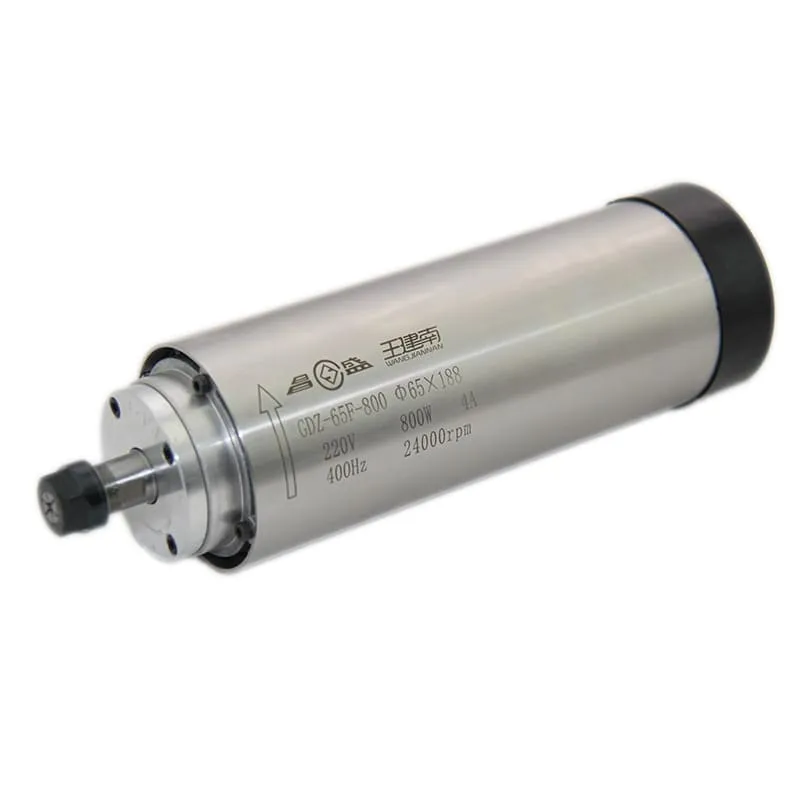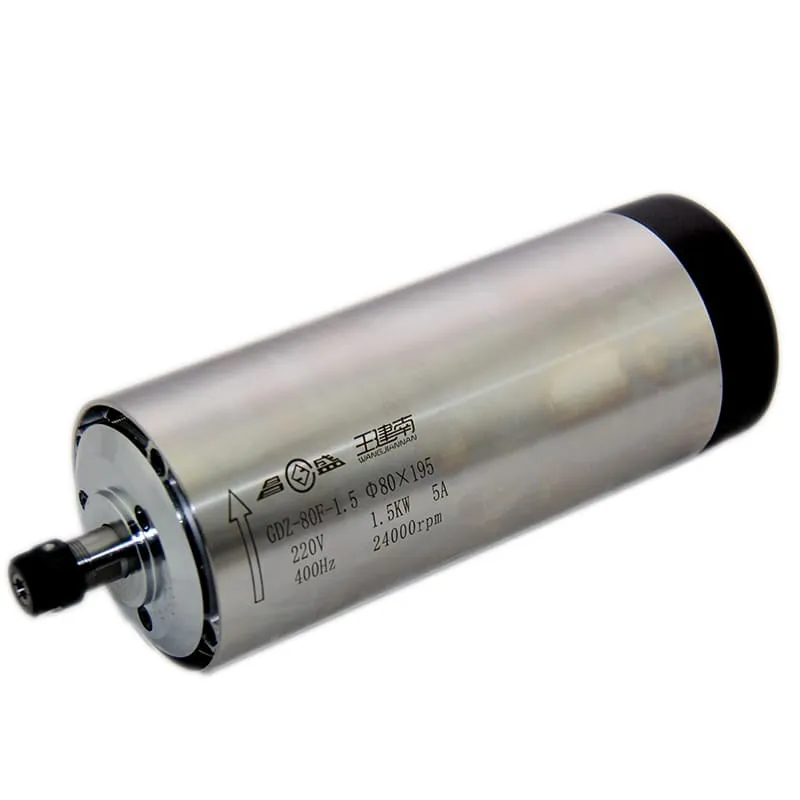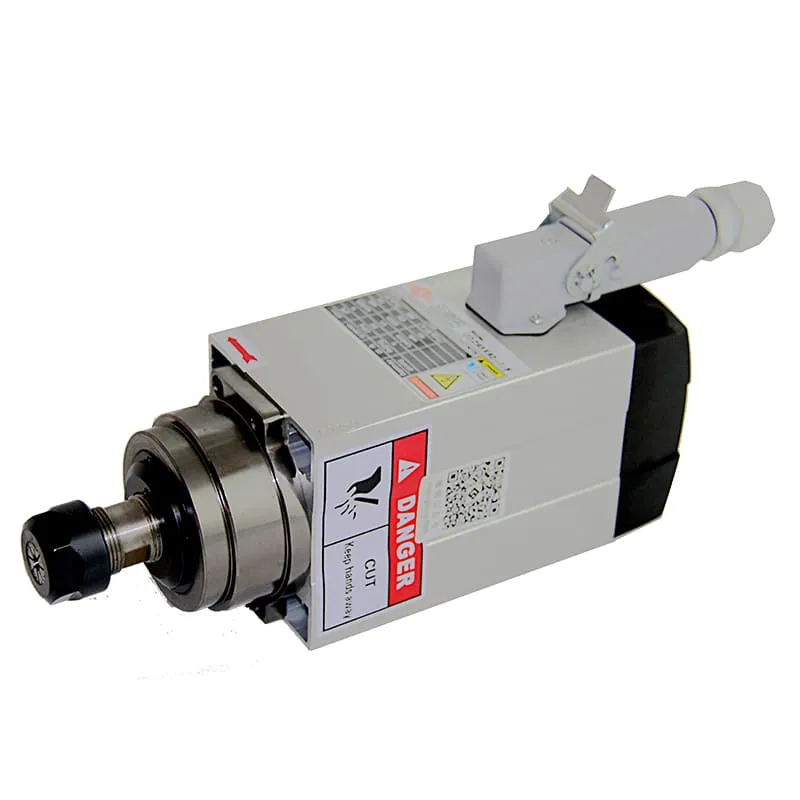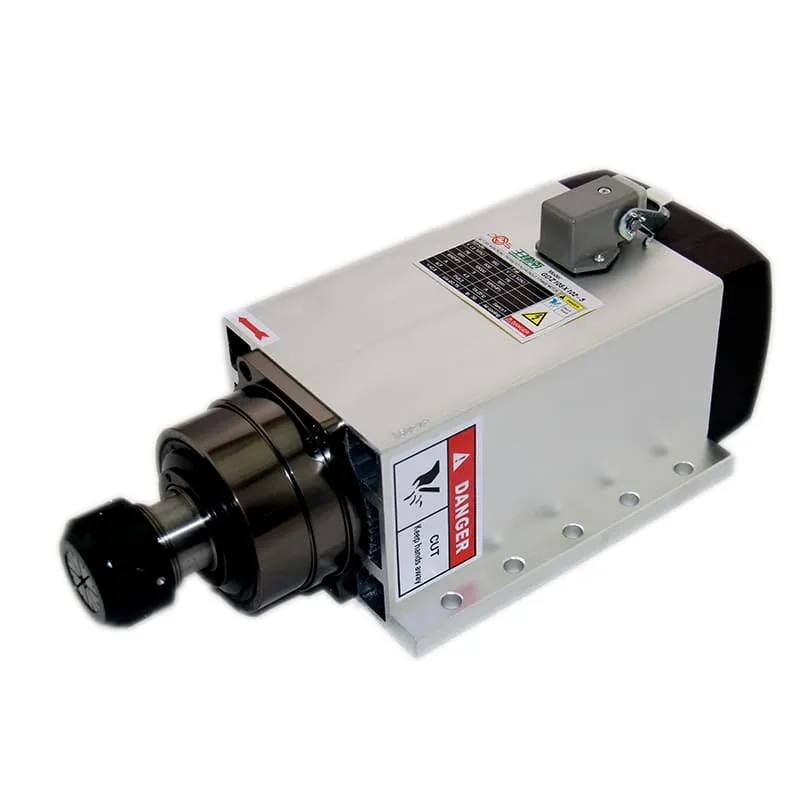How to CNC 3D Model
CNC machining has revolutionized how we create 3D models, turning digital designs into precise, tangible parts. How to CNC 3D model is a question that often comes up for those interested in creating complex shapes and detailed parts for different industries, ranging from hobbyist projects to professional-grade components. In this comprehensive guide, we will explore all you need to know about CNC machining 3D models—from choosing the right software to perfecting your tool paths and selecting the right materials. Let’s dive right in!
What is CNC 3D Modeling?
CNC 3D modeling refers to the process of creating three-dimensional objects using CNC machines. These machines, such as CNC routers, mills, and plasma cutters, are capable of cutting and shaping materials into detailed and intricate forms. The first step to creating a CNC 3D model is to develop a 3D design using software tools such as CAD (Computer-Aided Design). Once the design is complete, it is converted into G-code, which is then executed by the CNC machine to bring the model to life.
3D modeling with CNC is utilized in many industries, including automotive, aerospace, and manufacturing. It allows for highly detailed parts to be made with a high level of precision. Whether you are an experienced CNC programmer or just starting out, understanding the process of CNC 3D modeling can open up numerous creative opportunities.
Benefits of CNC 3D Modeling
- Precision: CNC machines can produce parts with exceptional accuracy, often down to fractions of a millimeter.
- Complexity: Allows for the creation of highly intricate designs that would be impossible or very time-consuming with traditional tools.
- Repeatability: CNC 3D models can be replicated precisely, making them ideal for production runs.
Internal Link:
For optimal spindle performance during 3D modeling, take a look at our 800W ER11 Air-Cooled Spindle, which is perfect for small and intricate CNC tasks.

The ER11 Air-Cooled Spindle offers excellent precision for intricate CNC 3D models.
Tools and Software Required for CNC 3D Modeling
Creating a CNC 3D model requires a combination of software tools and hardware to achieve precise, functional designs. Here, we’ll go through the primary tools needed.
1. CAD Software for Designing the Model
The first step in CNC 3D modeling is designing your model. CAD (Computer-Aided Design) software is used for this purpose. Programs such as Fusion 360, AutoCAD, and SolidWorks are commonly used in the industry. CAD software allows you to create a detailed digital representation of your desired model, with specific dimensions and features.
- Advantages of CAD Software:
- 3D Visualization: Allows you to see the part in 3D, making it easier to visualize the final product.
- Ease of Use: CAD software offers a user-friendly interface that allows for easy adjustment of dimensions and features.
Internal Link:
For more on tools that improve the efficiency of your CNC machine, see our 1.5KW ER11 Round Air-Cooled Spindle.

The ER11 Round Air-Cooled Spindle is ideal for projects requiring detailed and precise cuts.
2. CAM Software for Tool Path Creation
Once the design is ready, it must be converted into a tool path that the CNC machine can follow. This is where CAM (Computer-Aided Manufacturing) software comes into play. Popular CAM tools like Mastercam, Fusion 360, and Carbide Create are used to generate G-code. G-code is essentially the set of instructions that tells the CNC machine where and how to move, how fast to cut, and what tool to use.
- Benefits of CAM Software:
- Optimization: CAM software helps in optimizing tool paths, which reduces cutting time and minimizes tool wear.
- Simulation: Many CAM software programs have built-in simulation features, allowing you to preview the machining process to identify potential issues.
Internal Link:
For projects involving detailed CAM operations, explore our 2.2KW ER16 Air-Cooled Spindle.

The ER16 spindle provides the power and precision needed for efficient CAM processes.
Preparing Your 3D Model for CNC Machining
After designing and setting up the tool paths, it’s crucial to prepare your 3D model for CNC machining. This includes checking the design for errors, selecting the right materials, and determining the optimal settings for your CNC machine.
1. Selection of Material
The material you choose for your CNC 3D model will depend on the intended application. Common materials used in CNC machining include wood, plastic, and metals such as aluminum or steel.
- Wood: Ideal for prototypes and decorative items.
- Plastic: Useful for lightweight models and components.
- Metal: Suitable for parts requiring high strength and durability.
2. Setting Up the CNC Machine
Proper machine setup is vital for successful 3D modeling. This includes mounting the material, setting the zero point, and ensuring that the correct spindle and tools are used for the job. Manual setup might be needed, especially for complex 3D models, to ensure that the machine is ready for precise cuts.
Internal Link:
For spindles designed for high accuracy during setup, take a look at our 1.5KW ER20 Square Air-Cooled Spindle.

The ER20 spindle ensures stability and precision during detailed setups.
Generating G-code for CNC 3D Models
G-code is the language used by CNC machines to perform the desired tasks. Generating G-code from your 3D model involves creating specific instructions that will control the movement of the spindle, the speed, and the depth of each cut.
G-code Commands Explained
Some basic G-code commands include:
- G00: Move the tool quickly to a specific point without cutting.
- G01: Linear cut at a specified feed rate.
- G02/G03: Circular interpolation clockwise (G02) or counterclockwise (G03).
- M03/M05: Start (M03) and stop (M05) the spindle.
Each line of G-code represents an action the CNC machine needs to perform, guiding it through each step of the machining process. Creating efficient G-code is crucial to ensuring that the 3D model is produced with high accuracy and minimal errors.
Example G-code for a Simple Operation
G21 ; Set units to millimeters
G90 ; Absolute positioning
M03 S1200 ; Start spindle at 1200 RPM
G00 X0 Y0 ; Move to start position
G01 Z-5 F100 ; Move down to cutting depth
G01 X50 Y0 F300 ; Cut along X-axis
G01 X50 Y50 ; Continue to next point
M05 ; Stop spindleThis code shows the basic sequence of commands for a simple cutting operation, illustrating how the machine is directed to move and cut along different axes.
Key Strategies for Optimizing CNC 3D Models
Optimizing your CNC program is essential for maximizing efficiency and minimizing costs. Here are some strategies for optimizing CNC 3D models:
1. Use Efficient Tool Paths
Optimizing tool paths can significantly cut down on machining time. CAM software helps in planning the most efficient route for the tool to follow, thereby reducing non-cutting time.
2. Select the Right Tools
Different tools serve different purposes. Using an end mill with the appropriate specifications for the material being cut ensures a smoother finish and a more accurate model.
3. Break Complex Models into Sections
If your 3D model is highly complex, consider breaking it down into smaller sections that can be machined separately and then assembled. This approach helps prevent errors and makes the process more manageable.
Internal Link:
Check out our 4.5KW ER32 Air-Cooled Spindle for tasks requiring robust power and stability.

This spindle offers the power needed for large-scale 3D models and complex cuts.
Common Challenges in CNC 3D Modeling
CNC 3D modeling can be challenging, especially when you’re just starting. Here are some common issues and how to address them:
1. Tool Breakage
One of the most common issues during CNC machining is tool breakage. This can happen if the feed rate is too high or if the tool is not appropriate for the material. Always use tools specifically designed for your application, and adjust the feed rate accordingly.
2. Incorrect Tool Paths
Incorrect tool paths can result in poor-quality finishes or even damage to the CNC machine. Always run a simulation before starting the actual machining process to catch any potential errors.
3. Material Limitations
Not all materials behave the same way under a CNC machine. Plastics, for instance, may melt if the cutting speed is too high, while metals require more robust cutting tools. Always select materials that are suitable for the CNC operation you are performing.
Internal Link:
For a spindle that handles tough materials effectively, consider our 5.5KW ER32 4-Pole Air-Cooled Spindle.

This spindle is ideal for working with a wide range of materials, from metals to plastics.
FAQs on CNC 3D Modeling
1. What software do I need for CNC 3D modeling?
You will need CAD software for design and CAM software to convert the design into G-code. Some popular options include Fusion 360 and AutoCAD.
2. Can I CNC machine complex 3D shapes?
Yes, CNC machines are capable of creating very complex 3D shapes, especially when using advanced multi-axis machines.
3. How do I prevent tool breakage during CNC machining?
To prevent tool breakage, ensure you are using the right feed rate, tool type, and spindle speed. Running simulations beforehand also helps in identifying potential problems.
4. What materials can be used for CNC 3D modeling?
Materials commonly used for CNC 3D modeling include wood, plastic, and metals such as aluminum and steel, depending on the project’s requirements.
5. What is G-code, and why is it important?
G-code is the programming language used to control CNC machines. It provides the necessary commands to move the tool and cut the material to the desired dimensions.
Conclusion
Learning how to CNC 3D model can open up incredible possibilities for creativity, precision, and efficiency in manufacturing. From designing the part in CAD software to converting it to G-code in CAM software, and finally machining it with accuracy, every step plays a crucial role. By mastering the basics and optimizing your tool paths, materials, and setup, you can achieve outstanding results with your CNC projects.
If you’re ready to begin your CNC 3D modeling journey, ensure you have the right equipment. Browse our selection of spindles and CNC accessories to find the perfect fit for your projects. Visit Spindle Motor Shop today to take your CNC machining to the next level.

